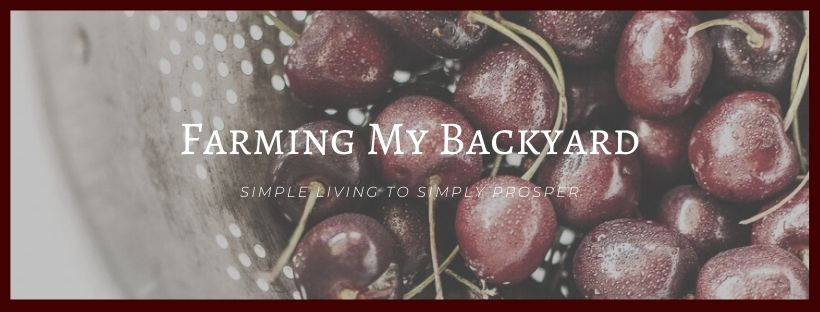Even if you live in a dry area you can still grow drought tolerant plants that have multiple purposes and look great in your yard. Perennial plants are so useful because you plant them once and they save you time and money by coming back year after year.
Here are 21 drought tolerant plants for edible landscaping and a beautiful yard!

Desert Willow: The Desert Willow is a fast growing tree that does well in zones 7-10. It has beautiful flowers that attracts pollinators . It’s also deer resistant if that’s an issue in your area.
Russian Hawthorn: Hawthorns make good hedgerows and they also produce fruit that the birds appreciate. The Russian Hawthorn also blooms in late spring and will attract bees.
Apricot: Apricots are a delicious fruit that can be used in many different ways. They are particularly good dried. The trees do well in zones 4-10.
English Lavender: You really can’t go wrong with lavender in the landscape. It’s hard from zones 5-10, beautiful, smells great, and attracts bees. It’s one of my favorite plants to grow. Probably because I don’t easily kill it.
Russian Sage: Russian sage grows well where lavender does, and has similar colored flowers. It can die back in the winter, but it is also deer resistant. Most varieties of sage do well in dry areas as well.
Western Mock Orange: Mock orange doesn’t produce edible fruit, but it smells absolutely amazing. Plant it near windows or entryways to enjoy it’s lovely scent.
Dwarf Pomegranate: These can be grown on patios, but they also make great hedges around a perimeter. Plus, they’re delicious and fun to eat.
Clove Currant: You may not find currants commonly in the grocery store, but that doesn’t mean they aren’t good to eat! The flowers also attract hummingbirds.
Rosemary: Rosemary is beautiful and does well in a range of zones depending on the variety. I haven’t had great luck with it in the past, but I just put in four new bushes, so wish me luck!
Yarrow: Yarrow has beautiful flowers that attract butterflies, and it has medicinal uses as well.
Mountain Alyssum. Don’t eat the alyssum, but it does make a great companion plant for chard, as well as attracting beneficial pollinators.
Prairie Coneflower: This echinacea relative also has a history of medicinal use. The seeds make great bird food as well.
Catmint: The pretty purple flowers will draw bees, butterflies, and hummingbirds to your yard. You can get nonseeding, nonspreading varieties.
Oregano: This culinary herb will spread and make a lovely ground cover.
Bearded Iris: Irises require very little effort, and will show off each spring with lovely blooms. They also readily reproduce if you divide the rhizomes.
Daffodils: One of the beautiful heralds of spring, daffodils will come back year after year with no effort on your part.
Tulips: Add tulips to your yard to keep the flowers going all spring. They’ll start blooming as the daffodils fade, but before the irises begin.
Passionflower: Vines are a great way to dress up your yard. Passionflower can handle drought as well as cold temperatures in the winter.
Grapes: Grapes are delicious, and they will grow in a variety of climates!
Prickly Pear: Of course cactus is well suited to dry areas. There are spineless varieties available. Plus you can eat it!
Yucca: This traditional fiber plant is deer resistant, does great in heat, and also attracts beneficial pollinators and hummingbirds.
Don’t let a hot climate get in your way! Grow these drought tolerant plants and save money on water, while beautifying your yard.
Want To Raise Happy Chickens?
Subscribe for our newsletter and get the free email course Intro To Backyard Chickens as well as a free printable checklist to walk you through step by step!
